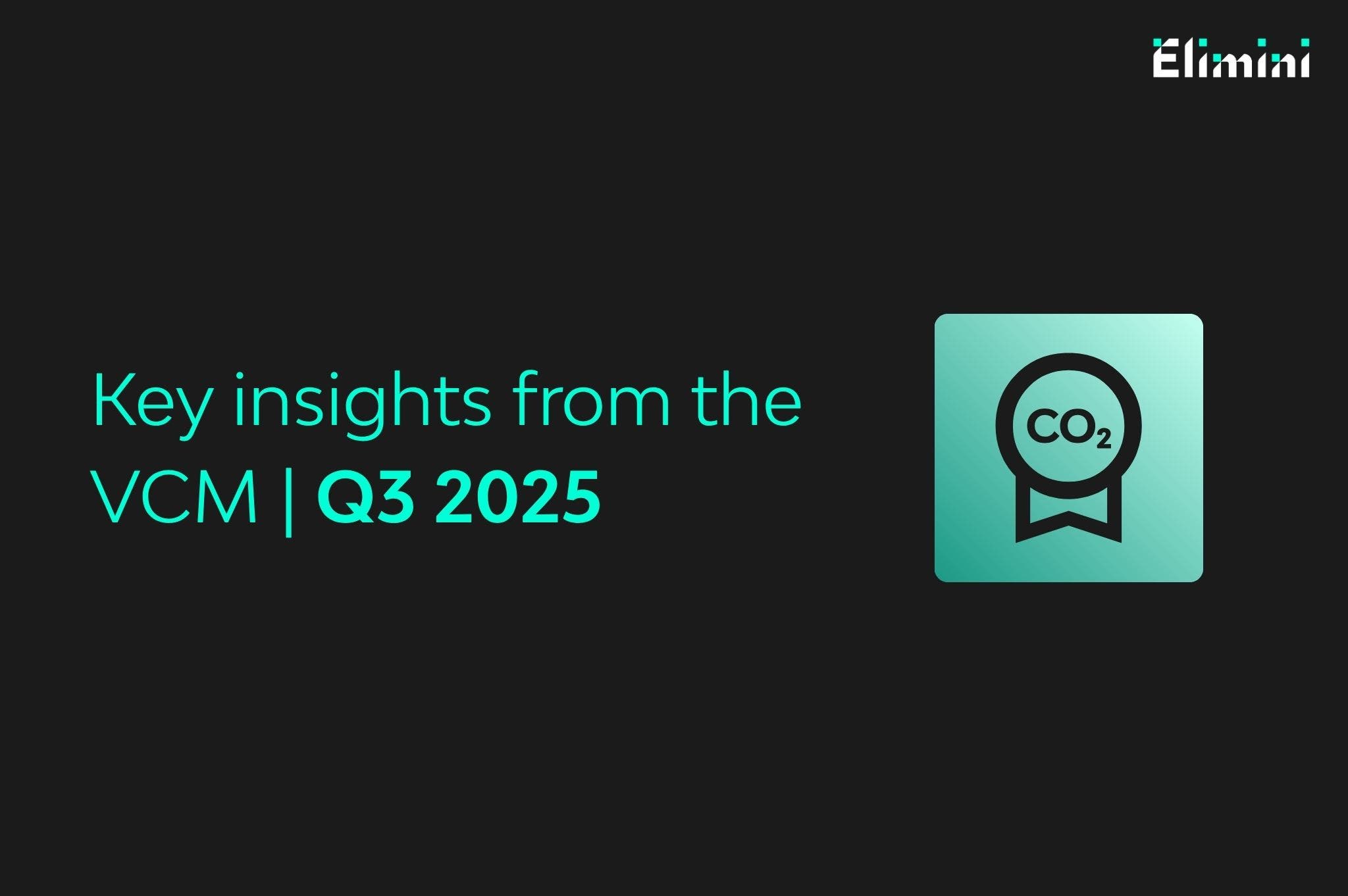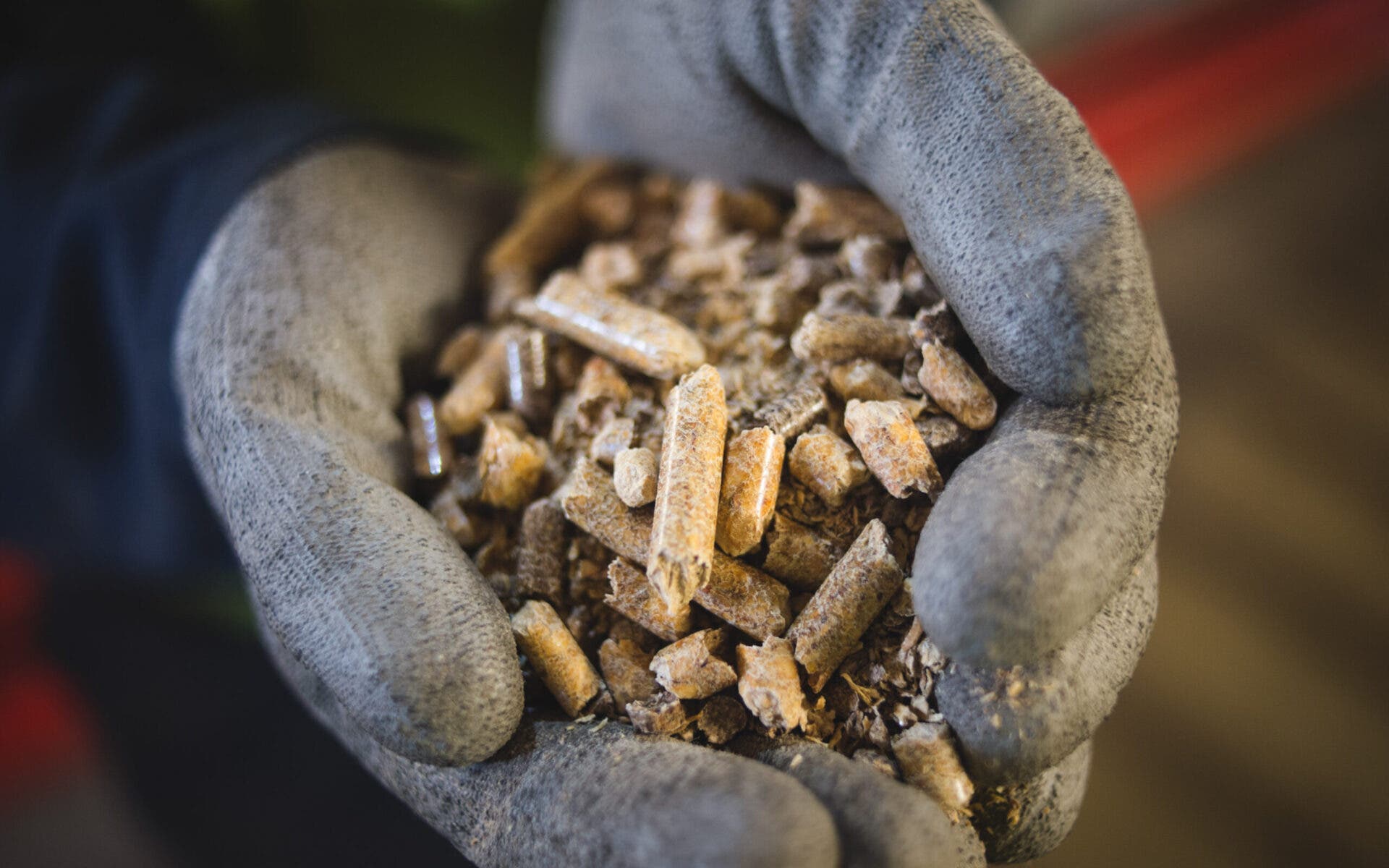
VCM Activity Strengthens in Q3 with Diversity of Removals and Buyers
The message from the VCM in Q3 2025 is clear: momentum is building, confidence is broadening, and biomass-based solutions are finding an important path forward.

The message from the VCM in Q3 2025 is clear: momentum is building, confidence is broadening, and biomass-based solutions are finding an important path forward.

The lesson for business is clear: companies that commit to carbon removals early not only secure a climate win, but also help ensure future supply, turning early CDR investment into a lasting competitive advantage.

For tech leaders, securing enough power to stay ahead in the AI race while proving sustainable growth is crucial. Dual-purpose solutions like BECCS make both possible.

Airlines that adopt carbon removals will demonstrate climate leadership, stabilize fuel access, and gain a competitive edge.

By integrating high-quality CDRs, such as BECCS, into portfolios, insurers can strengthen balance sheets, mitigate liability, and stay ahead of evolving disclosure and regulatory requirements.

Much of the world is moving to cut carbon, and biomass appears poised to contribute on multiple fronts. That would be good news for Elimini and other developers in the space.

Elimini Co-Leader Ross McKenzie spoke with Newsweek about BECCS, the evolving US political landscape, and removing carbon for good.

The Science Based Targets initiative (SBTi) is updating its Corporate Net-Zero Standard, sparking debate over how best to align business action with climate science. Proposals to require carbon removals from 2030 mark a step forward, but questions remain about whether cumulative rather than annual targets deliver real capacity growth.

For companies – especially in sectors like technology, aviation, and heavy industry – decarbonization is no longer a distant goal; it's a boardroom imperative. That’s why companies are integrating carbon dioxide removals (CDRs) into their broader business strategies – and those who act early stand to benefit the most.

In March, SBTi launched a consultation on Version 2 of its Corporate Net-Zero Standard. The proposals are bold, and undoubtedly a step in the right direction to bring many areas of the standard more closely in line with the science. However, there are some areas that seem to take a step backwards.

Those aiming for net zero targets by 2030 are now entering the phase in which they must deal with hard-to-abate emissions, which often means incorporating carbon removals. In Q2, the most significant of the entities working to concretely address hard-to-abate emissions through carbon removal action was Microsoft – by a mile.

The first quarter of 2025 shows via engineered removal transactions that the voluntary carbon market is quickly nearing a tipping point as bigger deals continued to punctuate the growth narrative, a greater variety of removals were involved in transactions, and more suppliers and buyers broadened participation in the market.

Despite uncertainties in a shifting political landscape, high demand for renewable energy and carbon dioxide removals (CDR) in the US will ensure the viability of Elimini's future bioenergy with carbon capture and storage (BECCS) projects, according to Elimini President Laurie Fitzmaurice.

Elimini sponsored the 2025 TAME State Engineering Competition, which welcomed teams from across Texas to Rice University in Houston, while our colleagues volunteered to help facilitate the event as team mentors and judges.

Elimini President Laurie Fitzmaurice gave the keynote speech at Carbon Unbound East Coast 2025. This is a summary of her remarks.

Laurie Fitzmaurice, President of leading carbon removals company Elimini, gives an expert view on how carbon removals can help EU competitiveness and why robust standards are essential to avoid greenwashing.

Drax has launched a new sustainability framework that sets out how all of the Group – including Elimini – is taking action to help decarbonize society, to protect and enhance nature, and to support the people who work with and alongside us.

Commercial SVP Laura Wente explores three key insights gleaned from the 2024 voluntary carbon market, including what CDR buyers are looking for in 2025.

Meeting the increased electricity demand from AI must not compromise global climate goals. The development of secure, low carbon electricity systems is all the more urgent.

Post-US presidential election, the question remains: Will developers slow down construction? For Elimini, the answer is a definitive no.

Key takeaways from our new survey on renewable energy, carbon removals and the impact of climate change

On a mission: Laurie Fitzmaurice’s thoughts from New York Climate Week

93% of companies say they’ll miss their net zero goals without serious intervention.1

In response to the demand for high-integrity carbon removal credits, industry leaders are working quickly to develop rigorous standards that outline how high-quality credits should be made and governed.

Principles for aligning to net zero